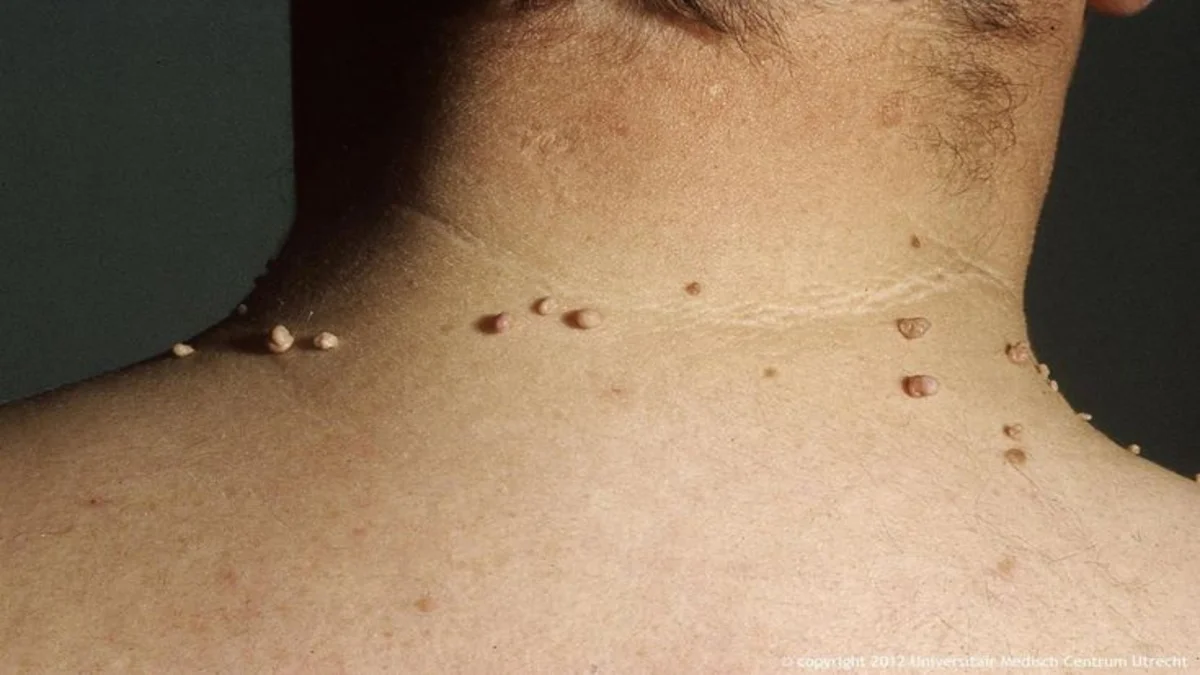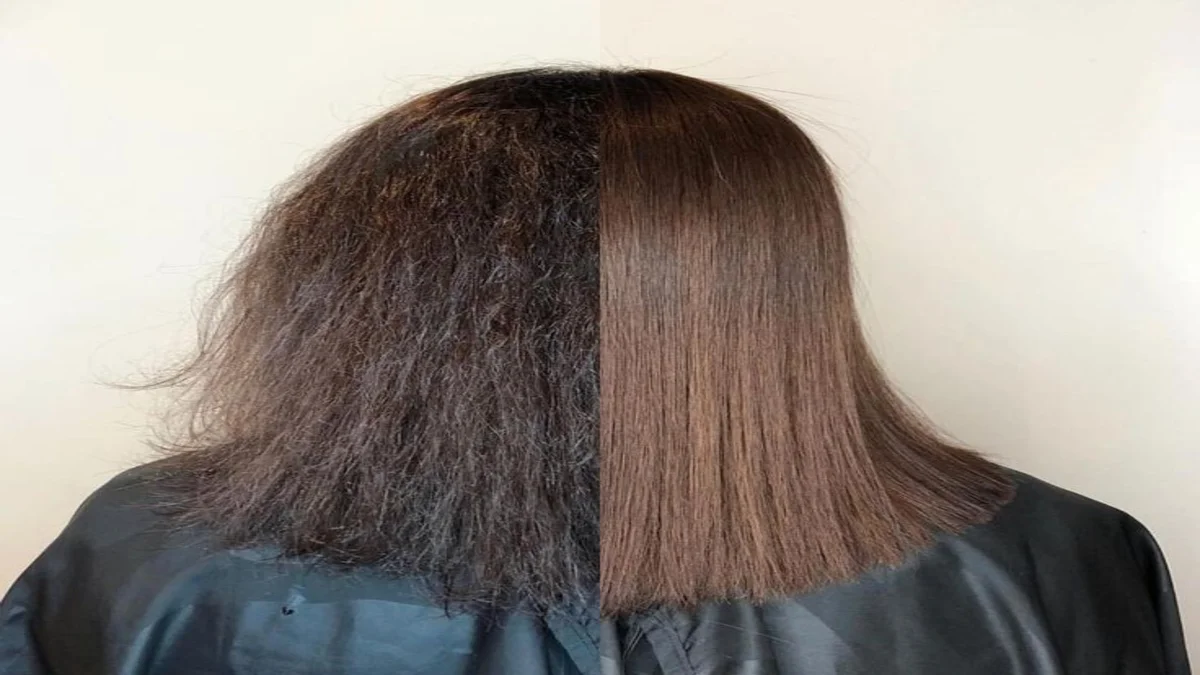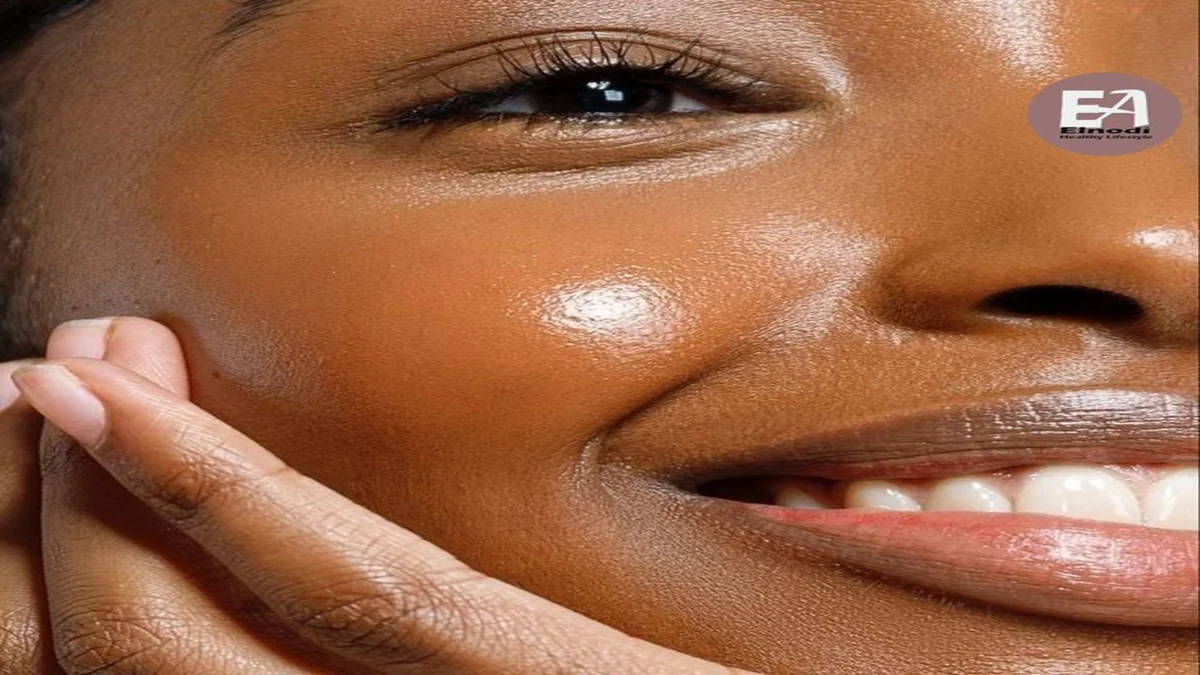Cracked Heels are those thick skin patches that form on our feet after prolonged exposure to rough surfaces. They usually appear on the heels and toes, and they can be painful.
If you want to get rid of them, then Cracked Heels is the perfect solution.
Calluses are caused by friction between the skin and the surface where they occur. The callus itself is composed of dead skin cells, blood vessels, sweat glands, and hair follicles.
cracked heels causes
Heel cracks can have a variety of causes, and different causes may impact you differently. Consult a podiatrist for assistance if you need professional advice on heels.
- Lack of moisture; as there are no fat cells beneath the skin of the feet and they have less flexibility, the skin beneath them is typically dry, chapped, and rough.
- The health of the heel is impacted by a deficiency or absence of zinc, minerals, and vitamins.
- The skin becomes thinner and less elastic as we get older, making it more prone to cracking.
- Due to the strain on the fat pad under the heel, which causes it to grow sideways, being overweight might potentially result in heels.
- Wearing shoes that have an open back exposes the fat, which expands and increases the risk of cracking. Take additional care of your feet if you must wear exposed footwear.
- Poorly fitting shoes will probably alter the way you walk and make you stand incorrectly.
- It is thought that callus skin can occasionally be inherited genetically.
- medical conditions including diabetes and high blood sugar levels that produce poor circulation and dry skin.
How to Fix Cracked Heels at Home
1. Balms for the heels or rich moisturizers
Using a heel balm is the first line of defense for cracked heels. These balms have chemicals that soften, hydrate, and scrub away dead skin.
Some heel balms could irritate or sting a little bit. That is typical. If the balm still bothers you or creates uncomfortable reactions, see a doctor.
A prescription-strength balm or steroid cream may be necessary for severe cases of cracked heels in order to assist reduce inflammation and relieving irritation.
2. Bathe and scrub your feet
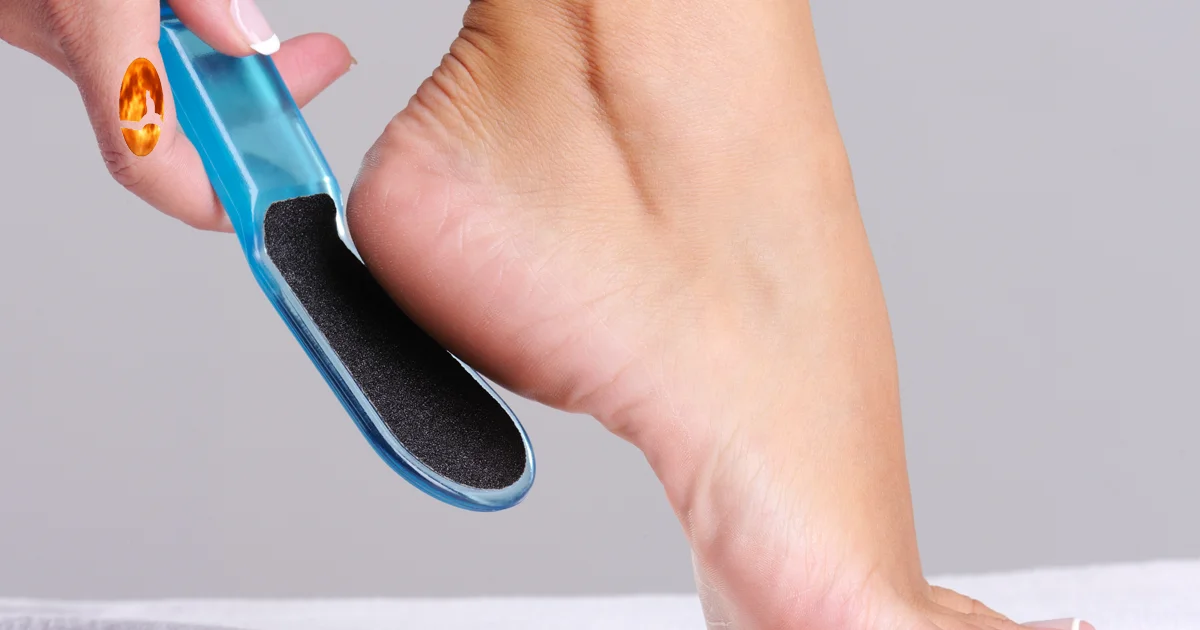
Compared to the rest of your skin, the skin around cracked heels is frequently drier and thicker. When you put pressure on this skin, it frequently splits.
This can be helped by soaking and hydrating your feet. Here is a little advice.
To soak your feet:
- For up to 20 minutes, keep your feet in lukewarm water with soap.
- Any rough, thick skin can be removed using a loofah, foot scrubber, or pumice stone.
- Dry your feet off gently.
- To the affected area, apply a heavy moisturizer or heel balm.
- To keep moisture in, cover your feet with petroleum jelly. To prevent transferring grease, put on socks.
It’s best not to brush your feet when they’re dry. This makes skin injury more likely to occur.
Another option is to use moisturizing heel sleeves. These function similarly to foot soaks. Similar to socks, the sleeves are filled with vitamins and healing oils to help treat your dry skin. They are available here on Amazon.
3. Liquid bandage
Cracks can also be sealed off with liquid bandages to stop further cracking or infection. Since this product is a spray, you may go about your day without being concerned that the bandage will fall off. For the treatment of potentially bleeding severe heel cracks, a liquid bandage is an excellent option.
On clean, dry skin, apply a liquid bandage. The covering is pushed to the skin’s surface as the fissure heals. This product is available without a prescription from a pharmacy or online.
Super glue has reportedly been effective for some people in sealing skin cracks. Ten participants were observed in a 1999 case study applying two to three drops of superglue to each crack.
For 60 seconds, they held the crack together so that it might close. They stated that the fissures had closed and were no longer painful about a week later. But depending on the brand, commercial superglue can be poisonous. Before using this strategy, see your doctor.
4. Coconut Oil
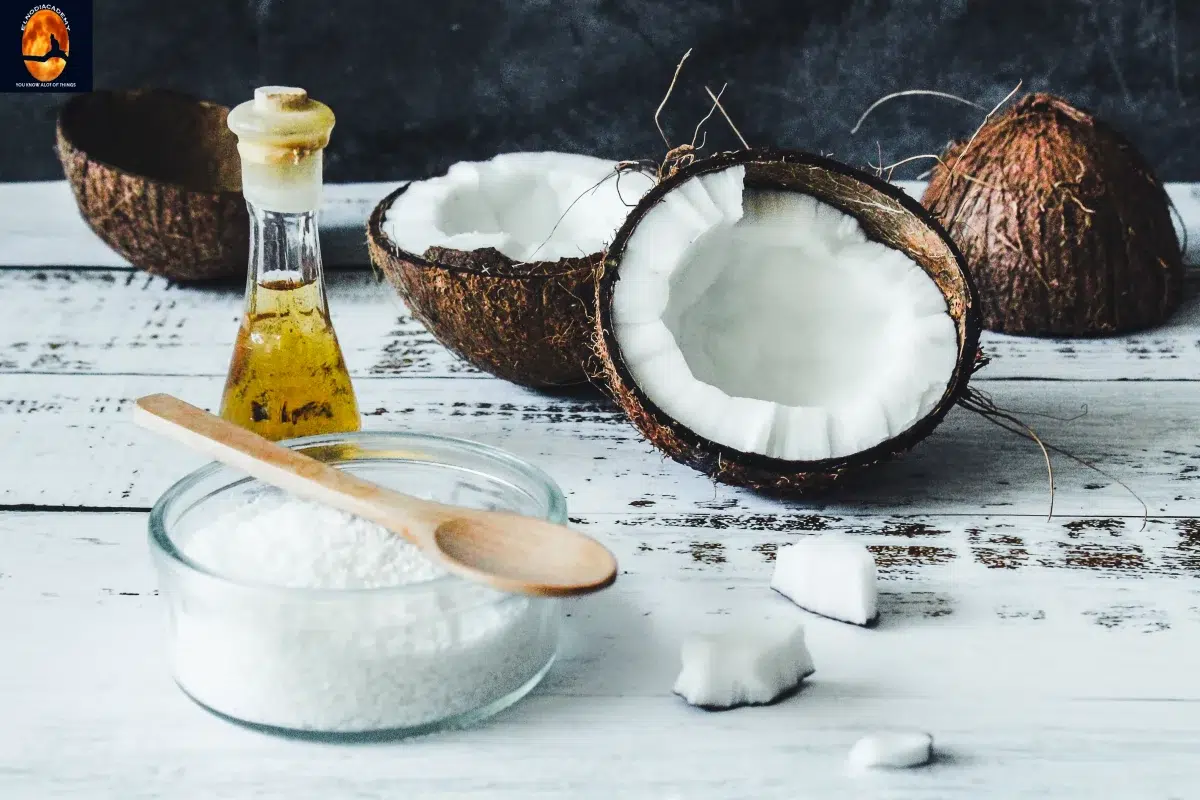
There are various components in coconut oil that have been demonstrated to help dry skin, even on the heels. According to studies, persons who use coconut oil regularly noticed a significant improvement in their dry skin. Additionally, it has been demonstrated that this oil reduces inflammation, boosts the effectiveness of the skin barrier, and guards against further drying brought on by sun exposure.
5. Honey
People with Calluses may benefit from using honey as a foot scrub. According to research, the substance can block the growth of bacteria, which lowers the risk of infection. Additionally, it has been demonstrated to enhance skin moisture levels.
6. Rice Flour
- To form a thick paste, combine 2 tablespoons of rice flour with 2 drops of each honey and apple cider vinegar in a bowl.
- Take a 10-minute soak in a warm water tub before patting your feet dry. Spend the next ten minutes gently exfoliating your feet with the paste.
- Rinse off with water.
7. Shea Butter

- 1 tablespoon of shea butter and 1 drop of olive oil should be combined in a bowl.
- On your feet, rub this paste in circular motions. Put on some socks to keep the moisture in and leave it for the night.
- Rinse your feet with warm water first thing in the morning.
When Are Cracked Heels Time to See a Doctor?
Although it is rarely serious, it’s crucial to contact a doctor if:
- There are infection symptoms.
- You suffer from a chronic illness like diabetes.
- There is pain, redness, or swelling around the fissures.
How Can You Prevent Cracked Heels?
Daily Feet Check
You may determine whether you need to enhance your moisturizing efforts by keeping a careful eye on how dry your heels appear.
daily foot washing
Infection-causing bacteria that can cause problems if you have persistently damaged heels are less likely to be present on clean feet.
After washing, moisturize your feet.
Apply moisturizer as soon as you finish washing or exfoliating your feet to prevent your heels from becoming dry and cracking.
Wear supportive closed-toe shoes.
Your skin’s health is affected by what you wear on your feet. Wear closed-toe and back shoes with enough support for your heel and foot if you are prone to heels instead of open-backed sandals and shoes.
Avoid harsh soaps and scented skincare products.
Some abrasive soaps or fragrant skin care products might aggravate the skin even more, which will only make the problem worse. Additionally, they may make the skin drier. Avoid applying these products to your feet to avoid discomfort and broken heels.
Keep Feet Safe From Extreme Heat
The skin can get dry in extreme conditions, both hot and cold. Avoid excessive sun exposure, take off wet shoes or socks right once, and in cold weather, layer up with thick socks to help protect your feet.
Keep hydrated.
It’s important to stay hydrated for healthy skin. According to research, the more hydrated you are, the more moisture there is in your skin. Make sure you drink enough water throughout the day to avoid dry skin and damaged heels.
Summary
Although cracked heels are rarely dangerous, they can cause major problems including infection if left untreated. This is especially true for those who suffer from debilitating chronic illnesses.
The easiest strategy to prevent cracked heels is to use preventive measures like moisturizing and hydrating the foot. Emollients, humectants, and other moisturizing agents can usually be used as the first line of treatment if you do chance to develop heel fissures.



